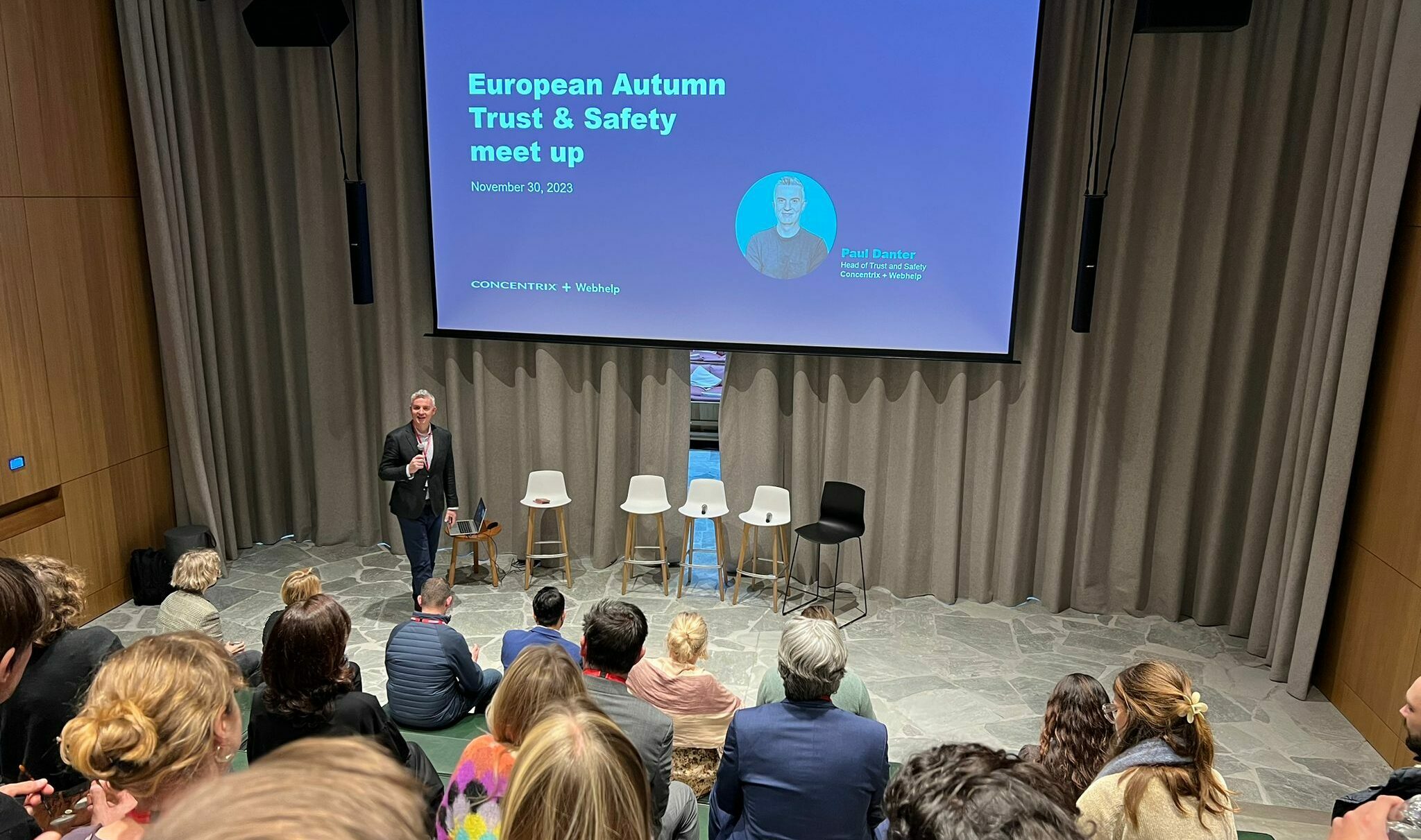From crisis management to the emergence of the relativity world afterwards. Here are some thoughts to make the current health crisis the catalyst of a more human correlation performance.
The health crisis we are currently going through is unprecedented. Not only by the extent of the human crises that unfortunately take part daily in our lives, but also unprecedented by the opportunity it offers us to question, with pragmatism, our societal, economic and relational models. The economics of the next few decades will probably show that a digital revolution took place in just a few weeks. But what will we learn from the evolution of brands’ relational patterns? Isn’t it also appropriate to finally materialize the aspirations of the customer relations industry, and to commit ourselves collectively on the road to sustainable efficiency in customer relations?
Faced with this challenge, which will drive the sector over the coming months, some lessons can be learned.
Securing the fundamentals of customer relations should no longer be a wishful thinking, but a vital necessity.
In a context where the question of the economic performance of customer relationship management systems will undoubtedly drive CROs and their teams, controlling the volume of customer interactions to be handled in contact centres should no longer be a priority for brands, but their passion. It is not a question of creating “relational distancing” by dissuading customers from interacting with a brand, but rather of creating a relational ecosystem embodying the famous balance “the right channel, at the right time, for the right customer, with the right level of personalisation and very quickly”. How do you do it? By going back to 3 relational fundamentals:
A system configured around one-and-done: far from being “experienced”, the majority of contacts is still mostly the result of underperforming, unsuitable or misaligned treatment processes of the experience as it is really lived by the customer. Ultra-specialised processing cells, the absence of online transaction confirmation which results in customer reassurance needs, or the introduction of various post-call OCR processes due to the lack of automation of certain tasks at the “end of the line” are the situations most often encountered by brands, and they are avoidable.
A self-service system: Today, online functionalities exist and already cover a large transactional perimeter, but they are still not widely understood and rarely used by customers. However, without additional development, they would make it possible to automate some of the customer interactions at a lower cost. Still too largely underestimated, these sources of automation can be easily activated to guarantee a mix of processing time and quality customer experience at a lower cost. The objective here is not to put human and technology against each other, but to use human intelligence and organization to promote the use of these systems, even if it means making them a source of motivation.
An agile and pragmatic system: there are many examples in recent weeks of companies that have succeeded in adapting their relational policy in the light of recent disruptions. Examples include the flexibility of collection systems in the utilities sector, the adaptation of parcel delivery and return procedures in the e-commerce sector, and the multiplication of “drive” services in many sectors of activity. While resilience is often highlighted, organizations succeed above all in repositioning people at the heart of their relational systems and in dispelling the tension of internal quarrels in order to best adapt to the emerging customer needs driven by the current crisis.
However, these practices, which could be described as standards, are however still far from being generalised, and in a constrained economic context such as the one we are experiencing today, the race for relational innovation seems to be less important than a return to simple, but effective systems.
The human experience must be at the centre of a revitalized client-brand-advisor relationship.
Within a few hours, the physical interpersonal channel has virtually disappeared in favour of a 100% remote relationship. This paradigm shift for brands has been translated into a revolution in the way of understanding the entire relational chain. Customers and prospects are at a distance. So are customer advisors, thanks to the homeworking of tens of thousands of them in just a few weeks. Today, a consensus around a hybrid organisational and relational model in which work from home would take on a predominant post-crisis dimension is emerging.
….stay tuned for part two


![[Fashion] Choosing the right partners to grow your business in 2024, at a time when trust is fragile](https://media.webhelp.com/wp-content/uploads/2023/12/21090253/Office-Showcase-2.png)


